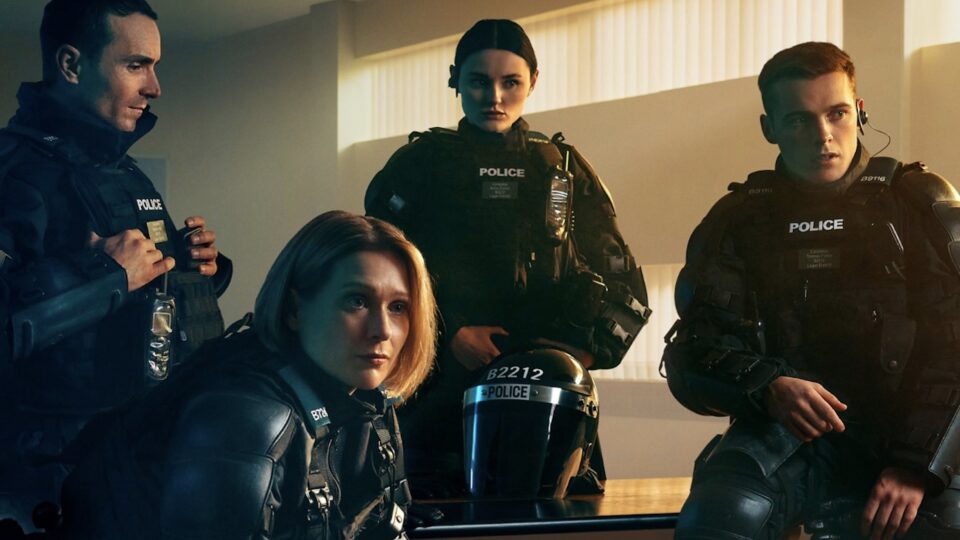I have yet to meet a client that isn’t excited by the prospect of being associated with TV programming. The opportunity to place your brand directly in the heart of people’s homes, through a medium they love and around content that forms a huge part of everyone’s daily cultural reference points, is a big draw.
In an era when brands are looking to make valuable content work harder than ever to reach and engage with consumers, it’s interesting to consider the changing nature of TV sponsorships and how developments in this space are seeing this tactic evolve as part of forward-thinking brands’ connected media strategy.
We only have to look at the success of Gogglebox (people talking about people who talk about TV, who knew!?) to see that during the rise of a digital, hyper-targeted and often solitary age, more than ever people are craving shared experiences that only TV can deliver at scale.
Even within the digital space, TV remains the single most influential medium driving mass conversation, with around 40% of all UK Twitter traffic at peak time related to television.
With TV still in a strong position, the online space actually provides more of an opportunity for traditional media than it does a threat, allowing broadcasters to fully immerse viewers in content that they love, beyond the linear broadcast experience. It also gives us as advertisers a chance to not just piggyback on popular programming, but to involve brands in the experience through their ability to facilitate and give rise to additional content that modern viewers demand – something we helped Vax to do earlier this year in partnership with Channel 4 and One Born Every Minute and new content commissioned for the broadcaster’s digital Shorts platform.
And so we find ourselves in a new era of TV sponsorships – where even the lexicon has changed. No longer merely a badging exercise, these are’ Partnerships’ and ‘Packages’, representing far more than simply a means for an advertiser to get onto TV at a cheaper Cost per Thousand. Though it’s interesting to note that at a time where revenue is returning to traditional spot airtime and causing the subsequent inflation in pricing, broadcast sponsorships can deliver excellent media value from a purely monetary point of view.
For me, however, the more interesting opportunity for clients comes from the package – the licensing of assets, the online inventory, social noise and full business partnerships where brand and broadcaster come together in a way that is beneficial for both parties, providing added value for the viewer as a consequence.
And the media agency’s role in this? To see the full picture. Yes we are here to broker a strong deal, but our value and effectiveness comes through our ability to utilise the media owner’s assets and make them work as hard as possible for, and in harmony with, what our clients are able to bring to the table. We’re here to make sure the viewer’s journey is seamless across their interaction with the programme on screen, online and with the brand. And we’re here to be a damn good project manager! Because believe me, these things take a huge amount of work to deliver. But when they are done right, the journey should look natural and make immediate sense to the viewer, as if the brand has always belonged there.
Broadcasters often bring with them valuable assets which, when tapped into through sponsorships, can support wide-reaching business goals not so easily served through a conventional media strategy – from driving customer retention boosting app downloads and increasing SEO rankings, through to facilitating customer rewards and supporting retailer incentives. The question brands in turn should be asking is, how can the broadcaster can help them in real business terms, and in return how they, as a brand, can provide something extra for both customers and viewers alike.
The future of these broadcast partnerships looks set to flourish, and as more traditional broadcasters restructure their salesforces to work in this way, the opportunities for brands looking to put TV shows at the heart of their strategy will only multiply. And if done properly, TV viewers and consumers stand to benefit from these partnerships every bit as much as the brands and broadcasters working together to deliver a richer audience experience than either could in isolation.
Charlotte Dearsley is head of TV strategy at MediaCom
Charlotte Dearsley
Share this story

















